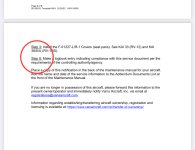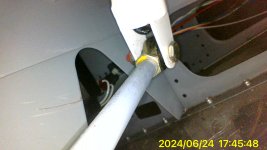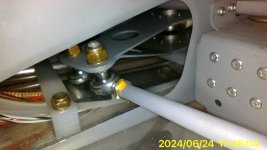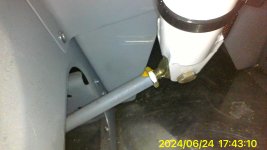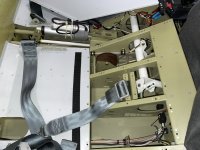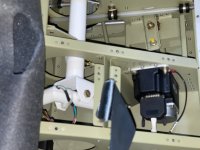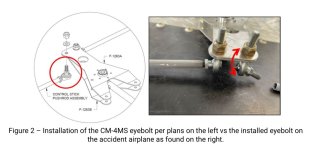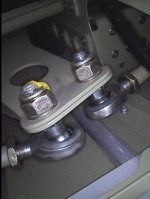Van's has published Service Bulletin SB-00102 - Control Stick Pushrod Inspection.
This service document directs owners/operators to inspect flying aircraft before further flight. Van’s Aircraft has recently become aware of an EAB RV-12 where it appears that the pilot’s side control stick became disconnected in flight due to improper assembly of the F-1264 Control Stick Pushrod Assembly. Out of an abundance of caution this service bulletin requires an inspection of the F-1264 Control Stick Pushrod Assembly, the correct installation of jam nuts, and proper orientation of rod end fittings.
This service document directs owners/operators to inspect flying aircraft before further flight. Van’s Aircraft has recently become aware of an EAB RV-12 where it appears that the pilot’s side control stick became disconnected in flight due to improper assembly of the F-1264 Control Stick Pushrod Assembly. Out of an abundance of caution this service bulletin requires an inspection of the F-1264 Control Stick Pushrod Assembly, the correct installation of jam nuts, and proper orientation of rod end fittings.
Last edited:



